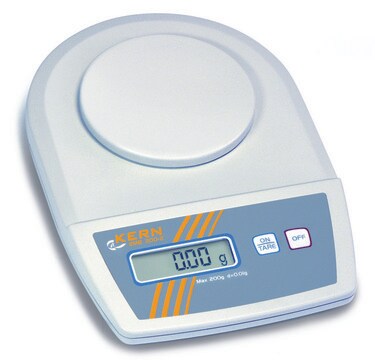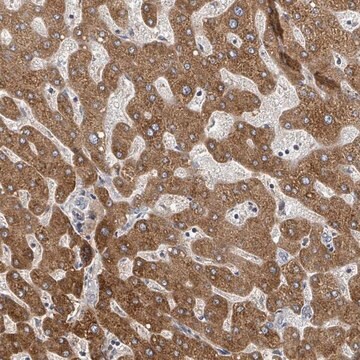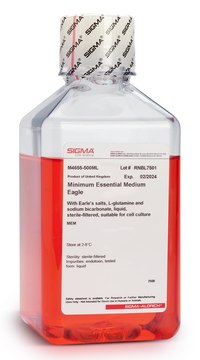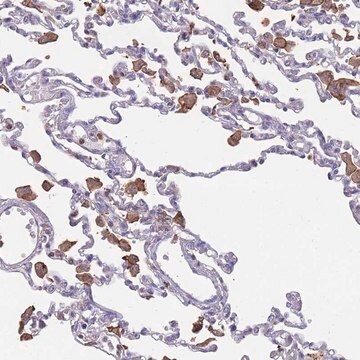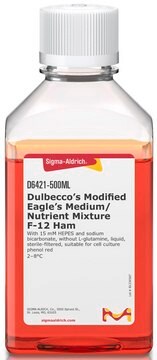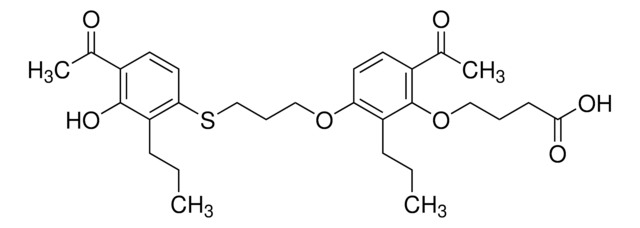MABF2163
Anti-CD33 Antibody, clone P67.6
clone P67.6, from mouse
Sinónimos:
Myeloid cell surface antigen CD33, Sialic acid-binding Ig-like lectin 3, Siglec-3, gp67
About This Item
Productos recomendados
biological source
mouse
antibody form
purified immunoglobulin
antibody product type
primary antibodies
clone
P67.6, monoclonal
species reactivity
human
packaging
antibody small pack of 25 μg
technique(s)
flow cytometry: suitable
immunocytochemistry: suitable
inhibition assay: suitable
isotype
IgG1κ
NCBI accession no.
UniProt accession no.
target post-translational modification
unmodified
Gene Information
human ... CD33(945)
General description
Specificity
Immunogen
Application
Flow Cytometry Analysis: A representative lot detected CD33 in Flow Cytometry applications (Kussick, S.J., et. al. (2003). Arch Pathol Lab Med. 127(9):1140-7).
Immunocytochemistry Analysis: A representative lot detected CD33 in Immunocytochemistry applications (van Der Velden, V.H., et. al. (2001). Blood. 97(10):3197-204).
Inflammation & Immunology
Quality
Flow Cytometry Analysis: 1 µg of this antibody detected CD33 in one milliion THP-1 cells.
Target description
Physical form
Storage and Stability
Other Notes
Disclaimer
¿No encuentra el producto adecuado?
Pruebe nuestro Herramienta de selección de productos.
Certificados de análisis (COA)
Busque Certificados de análisis (COA) introduciendo el número de lote del producto. Los números de lote se encuentran en la etiqueta del producto después de las palabras «Lot» o «Batch»
¿Ya tiene este producto?
Encuentre la documentación para los productos que ha comprado recientemente en la Biblioteca de documentos.
Nuestro equipo de científicos tiene experiencia en todas las áreas de investigación: Ciencias de la vida, Ciencia de los materiales, Síntesis química, Cromatografía, Analítica y muchas otras.
Póngase en contacto con el Servicio técnico